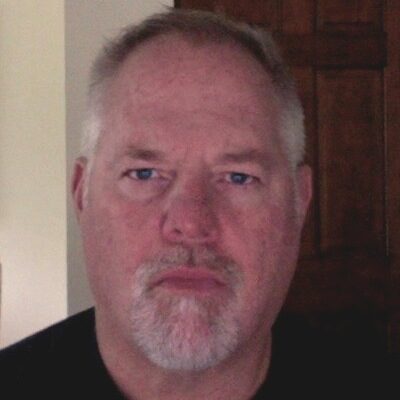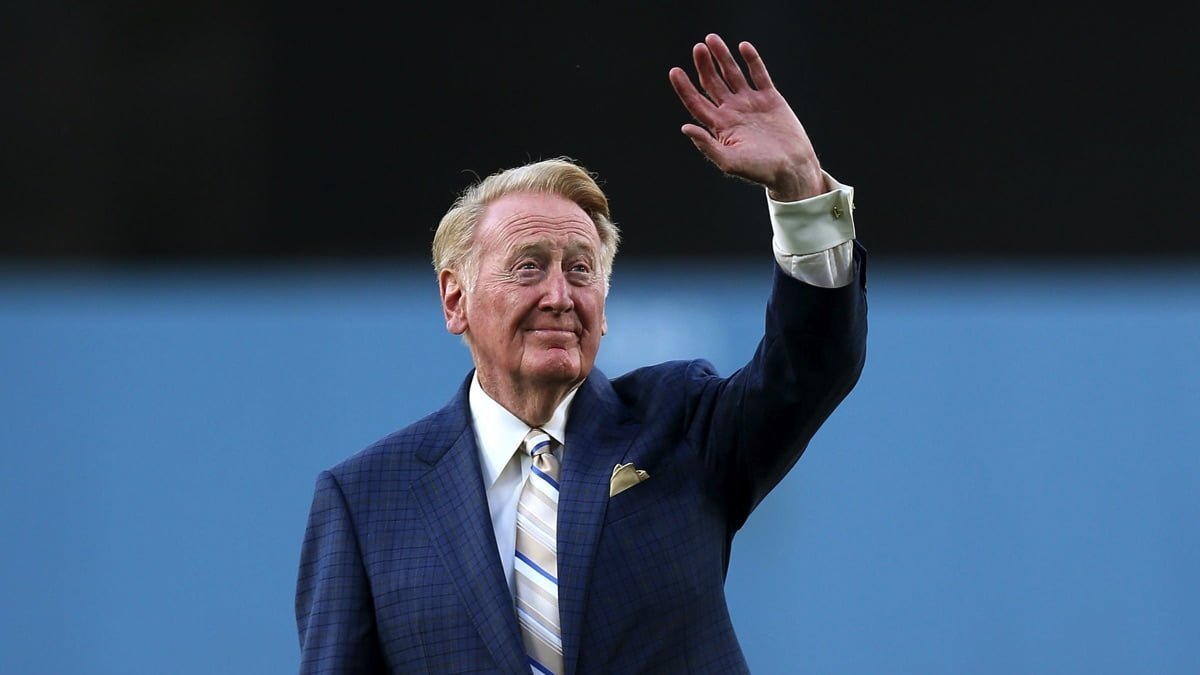Scott Masteller has seen tons of talent, format flips, and changes during his more than 40 years of experience in radio as an on-air talent, program director, and executive.
He’s currently the program director for WBAL NewsRadio in Baltimore, Maryland. Additional duties include oversight of the production of the Baltimore Ravens Football on WBAL and 98 Rock Radio. He also started the ESPN affiliate in Dallas, Texas.
“After my time at ESPN, coming to Baltimore was the perfect transition for me,” Masteller said.
From the first moment he arrived, Masteller said people were welcoming; he was impressed with the history and legacy of the station, something he’d followed since he began in radio.
“When I decided to come here, I knew WBAL checked a lot of boxes.”
He always wanted to be in broadcasting.
“I started by playing a lot of bad disco records on an AM radio station, “ Masteller said.
Now that surprised me. Not only because he liked Michael Jackson, but I wasn’t aware there were any ‘good’ disco records.
After he left ESPN, Masteller said he had plenty of opportunities to stay in sports, but WBAL was such an iconic brand. The station is news, talk, and sports, but he said he was a little apprehensive about the news and talk part. The sports part he had down.
“In the end, I really wanted something different. After I took the job, they told me, ‘By the way, you’re in charge of Orioles coverage. Hearst is fully committed to what we’re doing here, as they are with all their properties.”
At WBAL, the station delivers award-winning newscasts and local talk shows all day and continues focusing on the weekend.
“I’m as busy with this job as I ever had been at ESPN and other places. We’re reacting to breaking news.”
Masteller said he started in a small town.
“I wanted to be an on-air announcer, and I began in Williamsport, Pennsylvania. I was there for 14 years doing remotes, afternoons, and music. I was also a wedding disc jockey.”
So that’s where the lousy disco comes from.
“All of a sudden, I was doing sports,” Masteller explained. “I was a roving reporter for the Little League World Series. I got to interview Jim Palmer, and he was one of the nicest guys. I started to learn that stuff, eventually did some play-by-play.”
As in many small markets, his station ran out of money and shut down.
“It was a turning point in my career,” Masteller said.”I was excited about baseball and wanted to be an announcer. I sent tapes to every minor league team. One guy called and said he had an opening in Wichita, Kansas.”
Travel-wise that appears to be both a blessing and a bit of a curse.
“I took the job over the phone,” Masteller explained. “I still have the letter from the GM. It was for almost no money, but it was the best experience I’d had, and it lasted for three summers.”
He broadcast for the Wichita Wranglers, the AA affiliate of the San Diego Padres, and traveled with the team on late-night bus rides and flights to Texas.
In 2001, he was named PD at KESN, the ESPN station in Dallas. When he got to Dallas, Masteller started working behind the scenes, coaching talent, developing talent, and planning.
“I remember I went for my first interview in Dallas. ESPN had not signed on yet. Just those four letters had that kind of branding. We went in thinking, ‘We’re going up against KTCK, The Ticket,’ one of the greatest stations of all time. A legacy station. We stuck to our plan, localized our product, generated revenue and ratings.”
Masteller put together a strong team at the startup, KESN, including Randy Galloway from the Star-Telegram and The Dallas Morning News on Galloway and Company.
“I’ve seen what happens, ” Masteller explained. “One station will be successful, and the other station will try to emulate them and do the exact same thing.”
He said that was a fatal mistake. The Ticket had its listeners and a culture that couldn’t be duplicated.
KVDT was branded as an ESPN station, and Masteller said they played that to the hilt. Mike and Mike were a significant franchise at the time. With the imaging, people thought the talent all lived in Texas. That’s how you merge your national shows with your local audience.
Masteller was recruited to go to Bristol as senior director of content in 2006 and stayed there until 2014.
“I was overseeing radio and had interactions with television. It was a phenomenal place, and I learned so much. It wasn’t just ESPN; it was also Disney. By that, I mean the culture of the business, how to treat employees, and understanding what’s important. Those are experiences I’ll take with me forever.”
Whether in sports or news, Masteller believes you must establish credibility with your talent, news anchors, or managers. He said you couldn’t do that on the first day, but the trust factor becomes hugely important. You gain that with open and honest communications.
Masteller knew of Dan Patrick in his early days at ESPN.
“Dan is the consummate professional. I knew right away there was nobody better at conducting an interview. He knew the questions to ask. He’s got credibility. He treats people fairly but knows how to ask the tough questions. That’s what set him apart.”
According to Masteller, everybody has their style, and he doesn’t try to change their core talent.
“Every broadcaster is different. People used to ask themselves what their long-term legacy in the business was going to be. Today you don’t see that as much. People are always looking for that next opportunity. One of the best things I learned from ESPN was feedback. Learn what I was doing right, what I could do better.”
A good host must know how to pivot to relate on more than just a sports level. The host must be able to react to the news of the day.
“Sports transcends all aspects of media. It’s not just X’s and O’s anymore,” Masteller said. “You look at a big story today that has global implications. If you’re going to be a host, you’ve got to speak to different things. Things must be easy enough for an audience to digest, especially in broadcast radio. You’re always multitasking.”
Spotting talent early is a gift. Masteller said he’s instinctively known when people like Patrick came along. Then there’s Colin Cowherd.
“Before Dallas, I was with KFXX in Portland. Colin Cowherd arrived there two weeks before I did as a midday talent. When I heard him the first time, he was a bit rough around the edges, but I knew he was going to be great. He was always thinking about the moment. Preparation for his show was second to none in terms of where he was going.”
Masteller said Cowherd could talk about politics, social issues, family, and the stock market. Sports is what he does, but he could do a general talk show and do whatever he wanted.
As the pandemic hit, we were looking at making a change in our morning show; we wanted to do something different. So we merged our two highest profile talents into one program with Bryan Nehman and Clarence Mitchell IV. Even though they were both working remotely, we made a move and created the C4 and Bryan Nehman Show. Sometimes it just clicks, and we all decided the best course was to get them on the air.
“Because of the pandemic, for the first year, they never saw each other,” Masteller said. “When they finally worked face to face, I remember the first morning. I was listening and knew within 10 minutes they had chemistry. Sometimes it just clicks. All I had to do was get them in there.”
He said what makes him proud in his career is helping people get better, to achieve their goals, and to develop future leaders.
“I remember starting a new job and wondering if I could really do it. It takes time. I’ve met some amazing people in this industry who want to learn every day. Make an impact.”

Jim Cryns writes features for Barrett News Media. He has spent time in radio as a reporter for WTMJ, and has served as an author and former writer for the Milwaukee Brewers. To touch base or pick up a copy of his new book: Talk To Me – Profiles on News Talkers and Media Leaders From Top 50 Markets, log on to Amazon or shoot Jim an email at jimcryns3_zhd@indeedemail.com.







